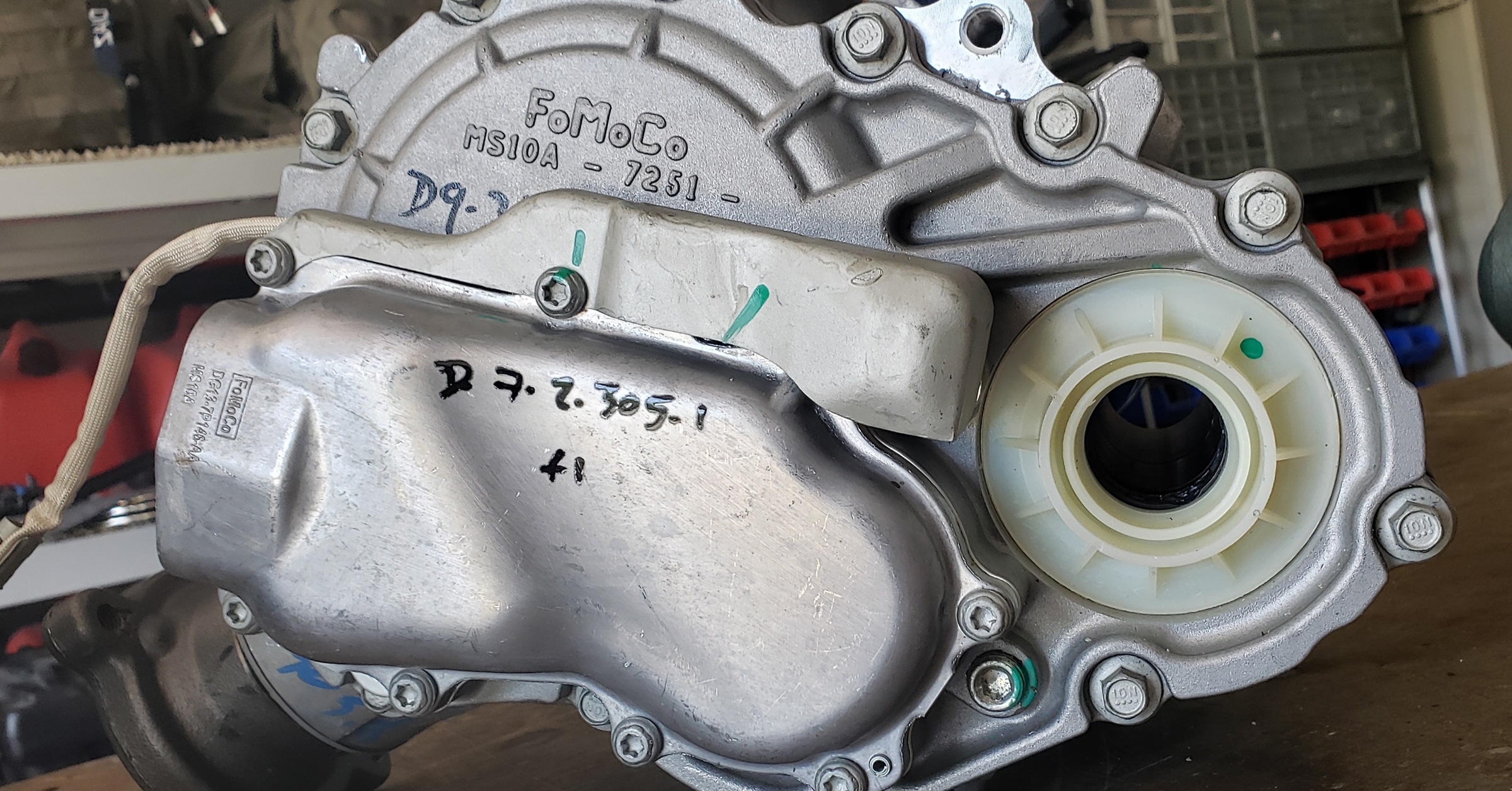Lot’s of talk recently about the Ford Power Transfer Unit (PTU).
It is definitely a frequently referenced component and has been known to be prone to many failures. Below is very interesting video I was turned onto by a member of the SHO forum a few weeks ago. It’s not Ford-specific but does a great job of explaining the difference between a PTU and a transfer case. It’s long and a bit dry, but if ya got some time to sit through it, you’ll have a better understanding of how it operates.
The one major difference between the PTU used as an example in this video and the Ford one we all know and love is the idler gear that sits between the ring gear and pinion gear of the PTU. Ironically, it’s this idler gear (or more specifically the bearing for the idler gear) that appears to be the source of the problems seen in the majority of PTU failures…mostly due to the lubrication properties of the gear oil failing, hence why changing the fluid frequently, and with quality oils, is critical to a longer life.
The intent of this post is to try and provide some insight into the history of the Ford PTU we see on our platform as well as some additional information on the various iterations throughout the years.
So, to begin, there are essentially only 2 versions of the PTU we should be talking about when when referring to the 2010-2019 model years, one with the cooler/heat exchanger and one without:
It is difficult to know which exact trim levels and models came with the cooler/heat exchanger, but generally speaking the style with the cooler/heat exchanger is found on some towing package AWD/4WD Explorers (I believe as an option), Explorer Sports, PIU/PIS, Explorers sold in hot-weather climate regions, Performance Pack SHO, etc. The latest Ford part number for that is DG1Z-7251-F. See my other blog posts about this particular PTU to include a full tear-down (and what it looks like inside) as well as the modification to facilitate servicing the PTU.
The next style is the one without the cooler/heat exchanger (found on all others not mentioned above). There are a number of variations of this particular one. The latest Ford part number for this one is DT4Z-7251-G (seen below). It has the PTU temperature sensor as well as the drain port.
A previous version (PN: DA8Z-7251-C) has a drain port, but no temperature sensor.
And an even older version has neither a temperature sensor nor a drain port (PN: AT4Z-7251-G).
The latest iteration of the PTU (whether you have the cooler or not) IS backwards compatible if you have an older model vehicle (i.e., you have a 2013 PP SHO, a PTU from a 2019 PP SHO will fit) in that it WILL bolt up.
If you are feeling very adventurous, it IS possible to convert to a PTU with a cooler, if you’re vehicle does not have it from the factory. It will simply need some additional coolant lines that “T” into the existing coolant system. Maybe someone can provide Ford part numbers needed for this if they’ve done it.
Here is one of the hose sections needed, but there are likely a few other parts required.
As for the history of the iterations, the latest version was introduced in late-2016. Below is the evolution of the PTU during recent years:
- January 2014, a Full Face Thrust Washer (FFTW) was introduced. This new washer was designed to prevent the idler bearing from walking into the aluminum case.
- October 2015, a second change was made, in this case a loose-fit idler bearing. In dyno tests, this bearing design change showed a twice life improvement over the FFTW design.
- June 2016, a third change was made. In this case, a new bearing design, one without drawn cups, was installed. This eliminated the walk mode of damage. Dyno testing shows a three to four times improvement over the FFTW design.
So, basing and/or modeling any design of aftermarket PTU components should really be done using the latest iteration as a start point.
This information was gathered from:
https://www.qgdigitalpublishing.com/publication/?i=634589&ver=html5&p=36

